Dutch photographer Dillen van der Molen has been visually-impaired since he was 3 years old—but, as he shares in this exclusive interview, he feels that “limitation” has only strengthened his creativity and drive as a photographer. Read on to learn how he conceptualizes, shoots, and post-processes his images, true motivation, and what he hopes people learn from his work.
Q: You lost part of your sight as a result of malnutrition when you were young. How old were you when you started to lose your sight?
A: I was 3 years old when Bejan, the mother of my best friend, Pim, mentioned to my parents that I could have a problem with my eyesight, because she could see that I would put my face really close to the surface of the sidewalk when playing with chalk, and when we were watching TV, I always had my face really close to the screen. At her advice, we had some medical tests done on my eyes, and the doctors told us that I had cataract eye problems in both of my eyes. My vision was 10% in my left eye, and 15% in my right. That’s a similar experience to someone with normal vision looking into deep mist.
In the same breath, the doctors also told us that they were unable to operate or explore any other potential treatments at that time, as that could only be done once I was 12 or older, when my eyes would be more developed.
There were some things I did in the meantime to make it a bit easier on my eyes, and to enhance my quality of life: like wearing sunglasses to block incoming light, using a portable desk that I could bring up higher, which was easier than trying to read hunched over, with a magnifying glass. I would wear sunglasses during gym class or in the classroom, because even that light was often too much to bear, and hurt my eyes without sunglasses.
Cataract eye problems are a rare thing at that age. The doctors told us that cataract eye problems don’t typically start until an average person’s 50s or 60s.
Q: Your sight has improved since then—what was that process like?
A: Once I turned 12, I had an operation on my left eye first, then on my right eye a year later. My original eye lenses were replaced with implants in both of my eyes, and I received cataract laser treatment, with a year between each treatment and operation.
Each year and each operation and treatment opened a whole new world of colors for me. Those were incredibly exciting new moments for me to witness. Colors looked brighter than I’d ever seen them before, and I could bear increasingly more light with much less pain.
Eventually, after all of the treatments and operations, my total vision improved to 45% from 10% in my left eye, and 40% in my right eye from 15%. This is the best it will ever be, as far as we know. Some lens implants can give you up to 90% or even 100% vision, but sadly, there is permanent damage to the backs of my eyes and brain, which is inoperable.
Nowadays, they can operate and treat cataract eye problems in children at a much earlier age.
While I couldn’t have my eyes operated and treated until I turned 12, I’m very thankful for the improved vision I have now, and how much more light I can bear.
Today, my vision can be compared more to normal vision with a bit of a sandy texture to it—sometimes, I even add a bit of grain to my photos to make them more visually-similar to what I see.
Q: Were any of your other family members affected by the lack of nutrition you experienced in the past? How is your family now?
A: Both of my biological parents passed away due to famine not long after I was born: my mother went first, then my father took me to a children’s home, and he too passed on. I was adopted from Ethiopia when I was 2 years old by a great, loving family named van der Molen. I don’t have or had any connection with my biological family.
Q: Your friend Arnold described your partial blindness as a “necessary restriction.” How has your lack of full sight affected your creativity?
A: Because I think in possibilities, not impossibilities. This carries me through, creatively, through the process of capturing and post-processing my work. I do have my bad days with physical pain and mental exhaustion. But then, I also don’t start out with working through a difficult photo edit on days like that. Sometimes I choose not to work at all, and lay on the sofa, sleep a bit, and watch TV, until I feel recharged.
Q: Why choose photography?
A: Before photography, I worked as a health care worker in social services. One of the things I was most often praised for in my work as a social / health care worker was my observation skills. So later on, I thought photography or film would be a good career for me to explore. I didn’t necessarily have the eyesight for it, but I didn’t let that stop me.
Q: You started shooting photos in 2011. Was there a specific point in time when you really felt your passion for photography came alive?
A: From around 2011 to 2014, I was looking for more balance and relaxation in my life, because the physical pain in my body was really building up—along with being visually impaired, I experience chronic physical illness.
I wanted a creative outlet for some of the energy I was unable to use. My friend, Arnold en Anneke, was also living in Doorn at the time with passionate musicians who played the piano and sang, and Arnold played the guitar. I would often go to listen to their music sessions in the piano room, and that would help me temporarily forget about my pain, and help to relax me. (Thank you, Arnold.)
Before I got into photography, I was also a breakdancer on a semi-professional level. I eventually had to stop because of health issues, so I started to film the underground breakdance scene and competitions here in Holland under the name Tha5elements. Eventually, I was uploading around 3,000 to 4,000 raw dance videos to that channel.
While I was creating videos, I also started doing photography as well. I began to enjoy that more, and I ended up finding it more relaxing than filming. So I continued with photography, and in 2011, I bought my first DSLR camera: a Canon 700D.
But I really surprised myself during the 2013 MTV EMA Awards. My friend Arnold and I were guests at the event, but unfortunately I didn’t have my DSLR with me that night. However, I was able to capture some photos with a small mobile phone camera. I was surprised not by the quality, but by the shots that I took with such a small camera in such a big arena. From that moment on, I started to shoot more and more with my Canon 700D kit and lens, and in 2014, I made my 500px account.
In 2016, I became good friends with the staff at a local photo store here in Groningen City called FotoSipkes.nl. They’ve helped me improve my skills as a photographer immeasurably, and once in a while, they let me test one of their cameras. Of course, it’s fun, but it also helps me build my knowledge of different cameras and lenses.
Q: You mentioned you shoot on autofocus to ensure your images are crisp and “look with your heart.” Do you actually look through the viewfinder still when you’re shooting, or is it mainly by sense?
A: I barely use the viewfinder when I’m capturing photos. I’ll often use the viewfinder to better see the photo after I’ve taken it, because you can zoom in on your shot. I prefer doing this via the viewfinder instead of the display. But the best way for me is to view it back on my iMac 27” desktop.
Q: Has your partial blindness been an advantage to you at any point in photography?
A: Because of my bad eyesight, I often take my time when composing my shots. That makes my work well thought-out, and often a bit different, most of the time. That’s also more relaxing and has a better effect on me than trying to shoot instantaneously or quickly. And it’s gotten me an interview on the 500px Blog—of which I’m proud and honored.
Q: You also said that perfecting photos in Lightroom takes an enormous amount of energy. How long does it typically take you to edit / perfect your work in Lightroom?
A: It depends: sometimes it’s 30 minutes, sometimes it’s 3 hours. This also has to do with how much energy I have to stay focused on post-processing, as well as how much editing needs to be done. For me, portrait edits typically take up the most amount of time.
Q: When you’re struggling, whether it’s with a long Lightroom session or any other challenge, what keeps you going? How do you stay motivated?
A: Playing music from breakbeats: from pop to classical, or even country music, nowadays. That boosts my motivation. I also sometimes like to edit in total silence. But honestly, I don’t really need much motivation to keep me going—I really love what I do. And when I can walk, I’ll do my work, since I always carry my camera with me. I always have music playing while I’m walking and photographing—this helps keep me from being distracted by anything other than whatever I’m trying to focus on at that moment.
Q: What would you like to tell people who have lost part of all of their sight?
A: Find a way that works for you to keep doing what you love to do. If it can be done in faraway countries, then it can generally be done in towns or cities you live in, like mine. Whether you spend the whole day photographing or just a few hours, it doesn’t matter, as long as it makes you happy. Find what works for you, because it’s different for everyone. Don’t let anything stop you, and think in “can”s instead of “can’t”s.
Q: What’s your favourite photo or photos you’ve shot?
A: I think this is my favourite photo: Out with the Lady (02-18-2018)
Q: What do you hope people take away from your photos?
A: Much joy, happiness, and relaxing colors.
Thank you very much to the 500px team for reaching out, for your help, and for letting me tell my story. It’s an honor and I’m very thankful.
Follow Dillen van der Molen
500px: 500px.com/mrofcolorsphotography
Website: mrofcolors.com
Instagram: @mrofcolorsphotography
Facebook: www.facebook.com/MrOfColorsPhotography
Twitter: twitter.com/MrOfColors

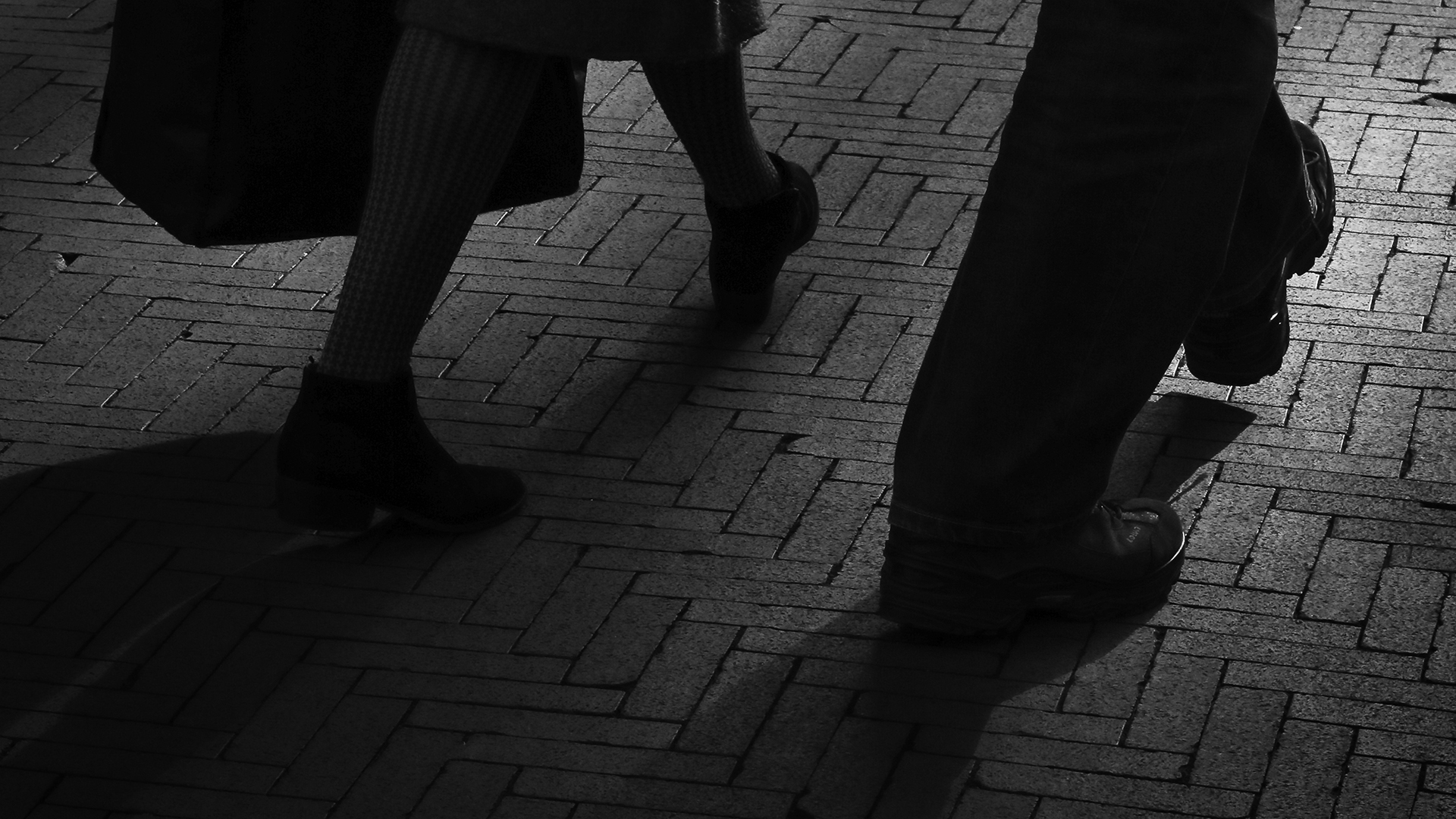
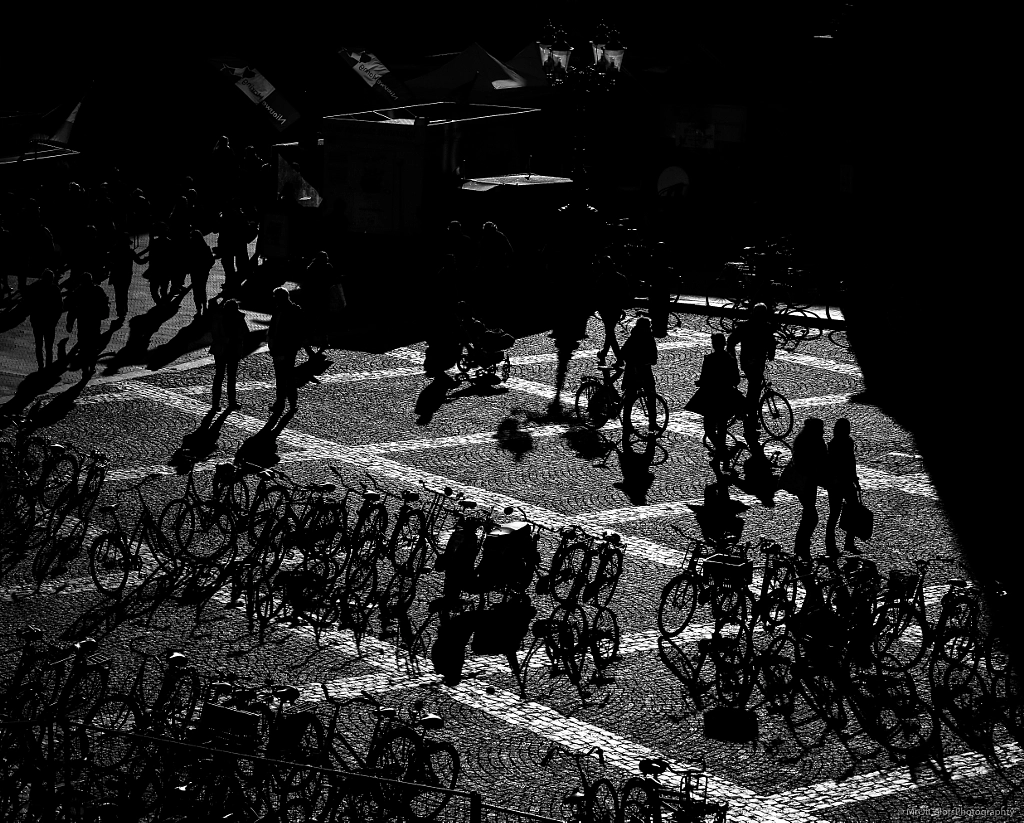
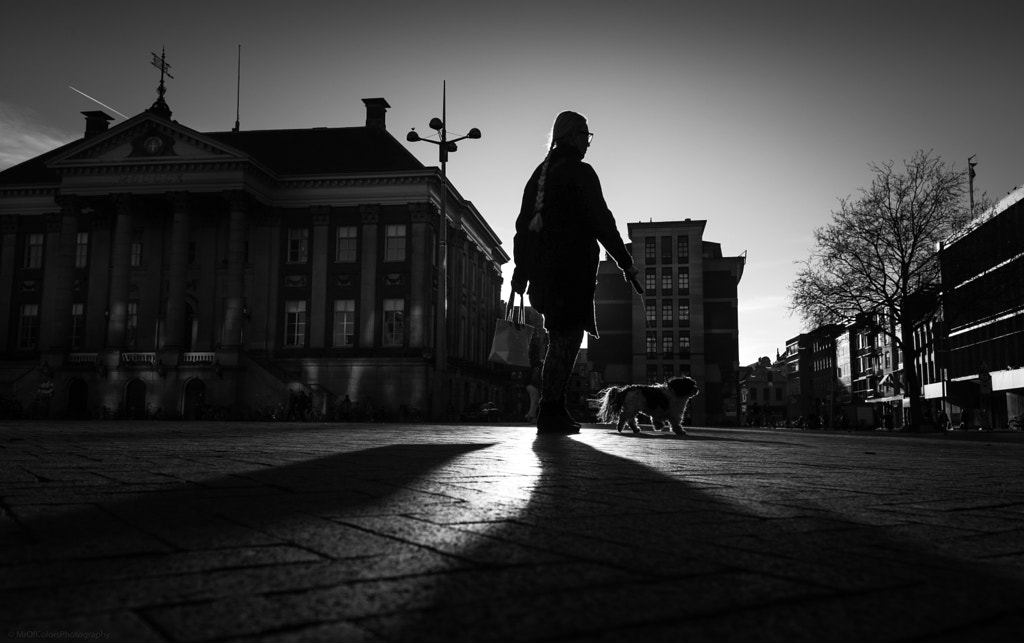
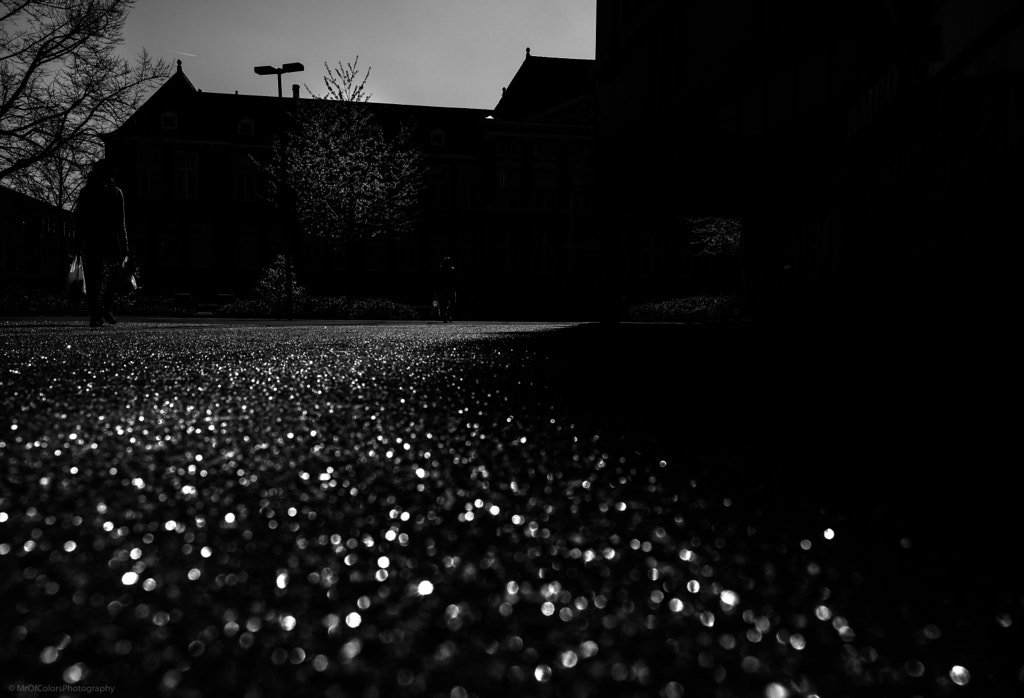
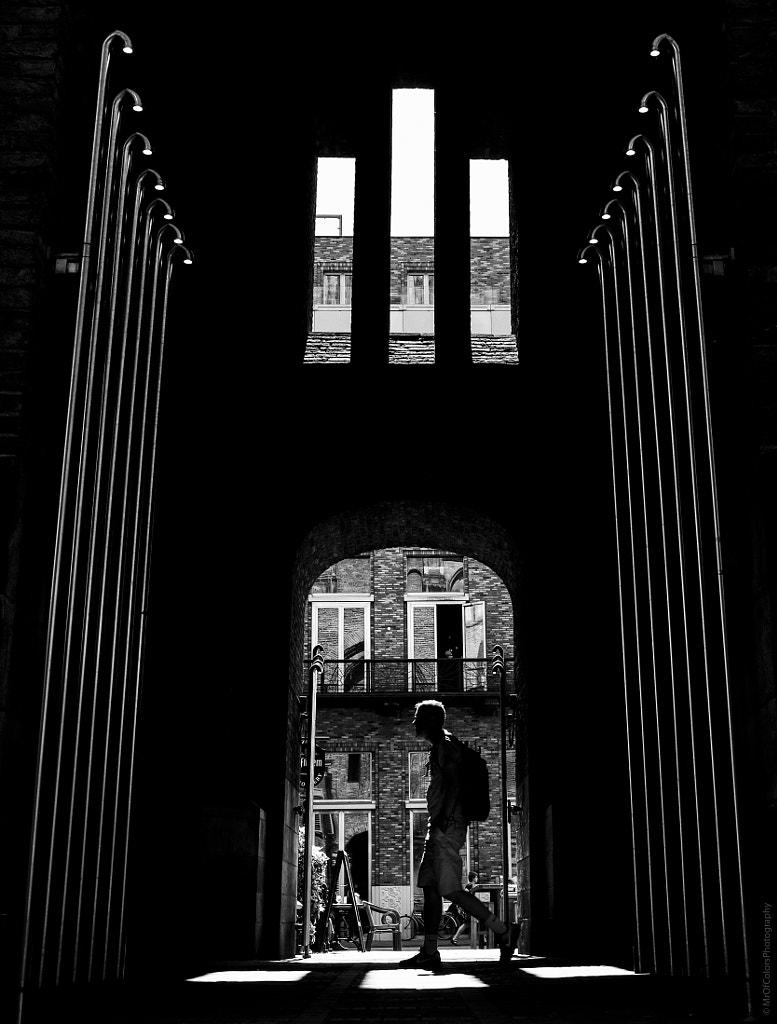
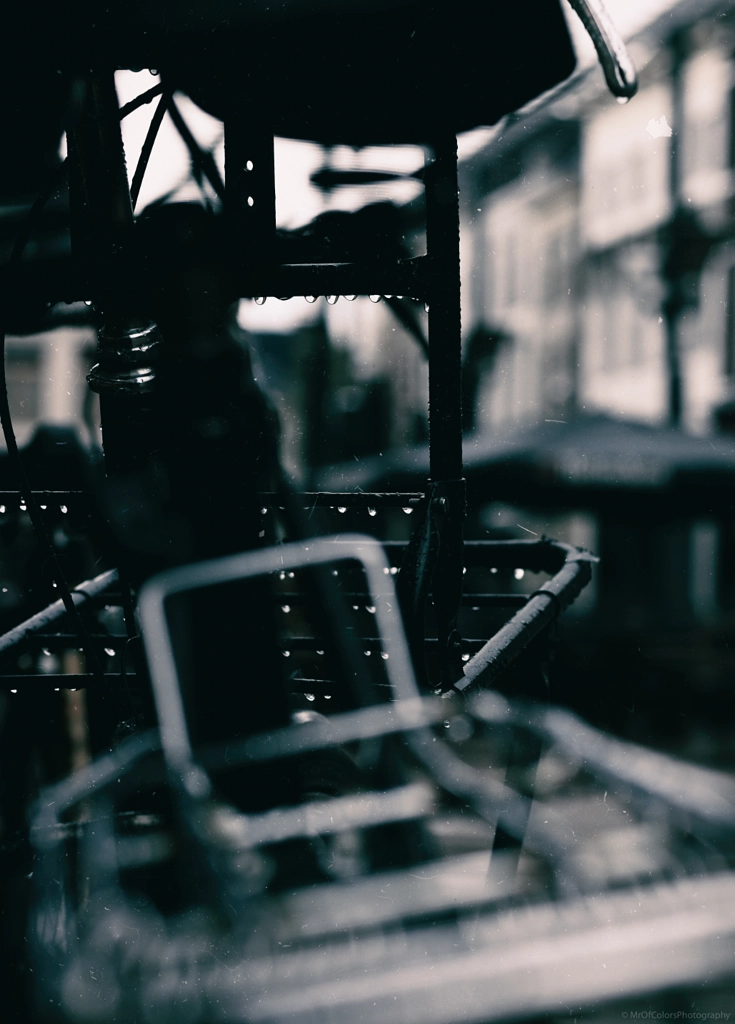
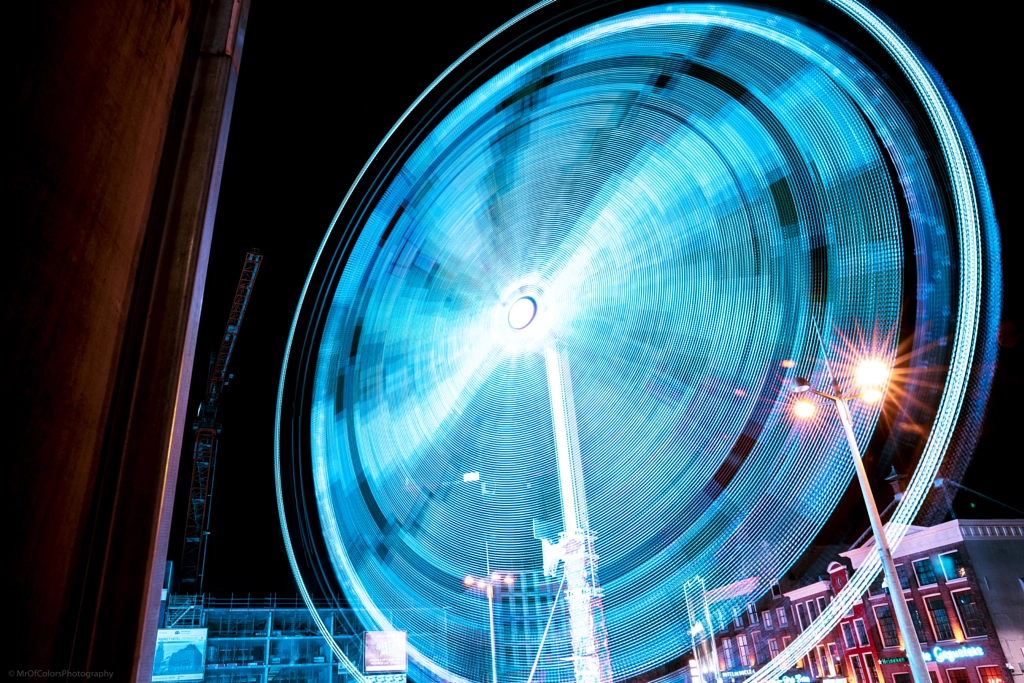
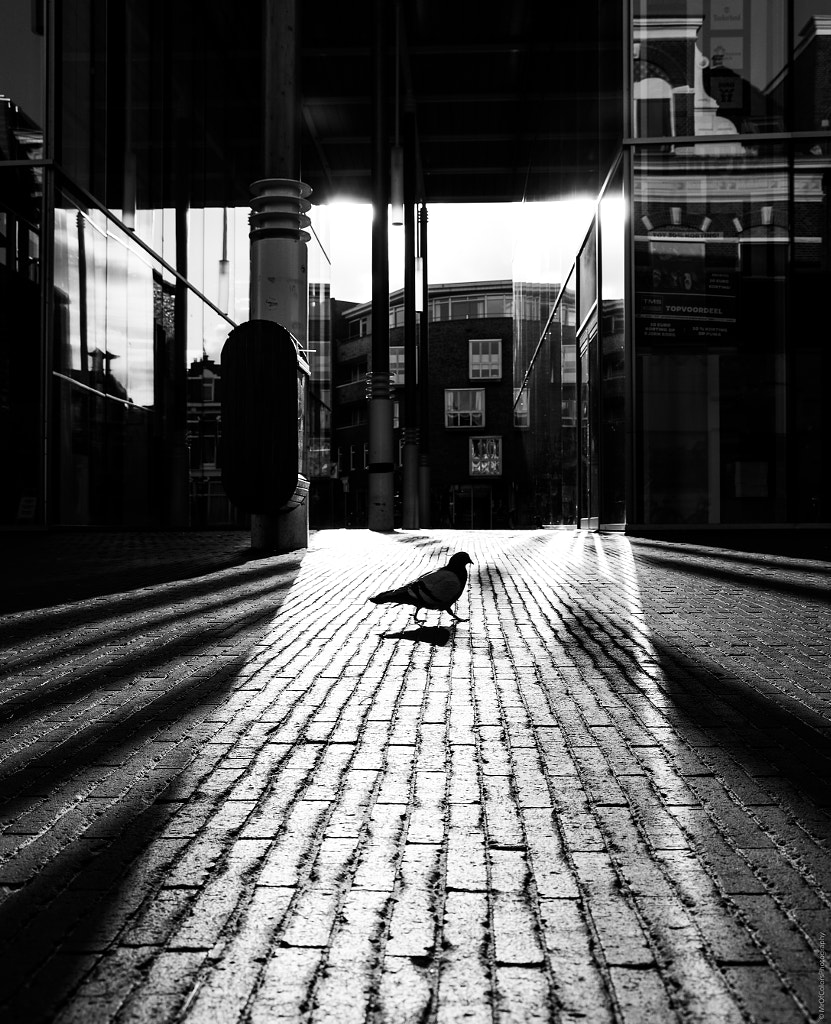
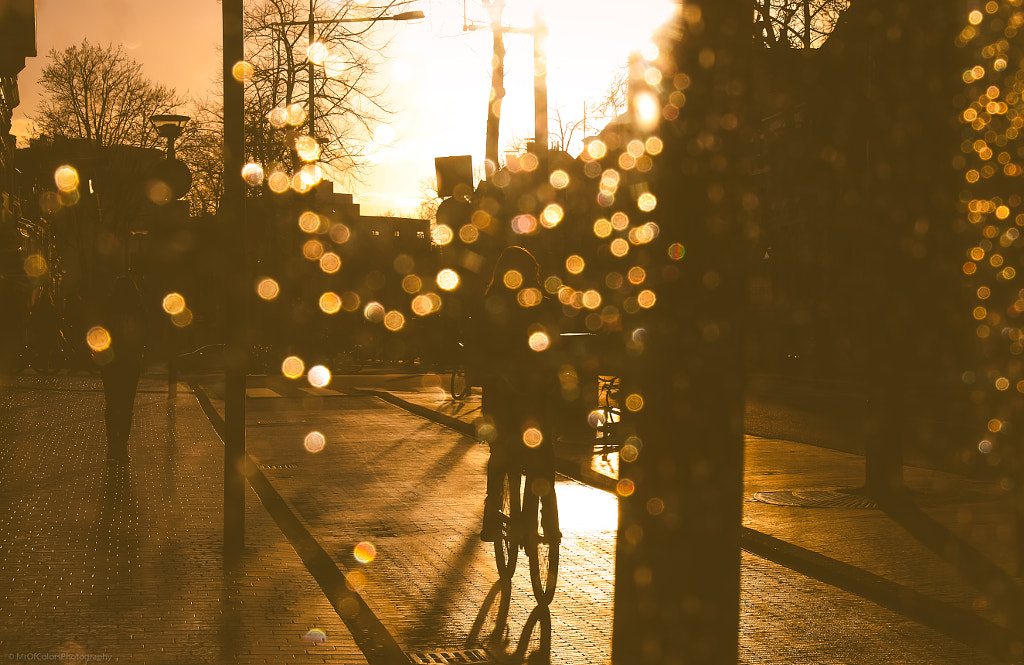


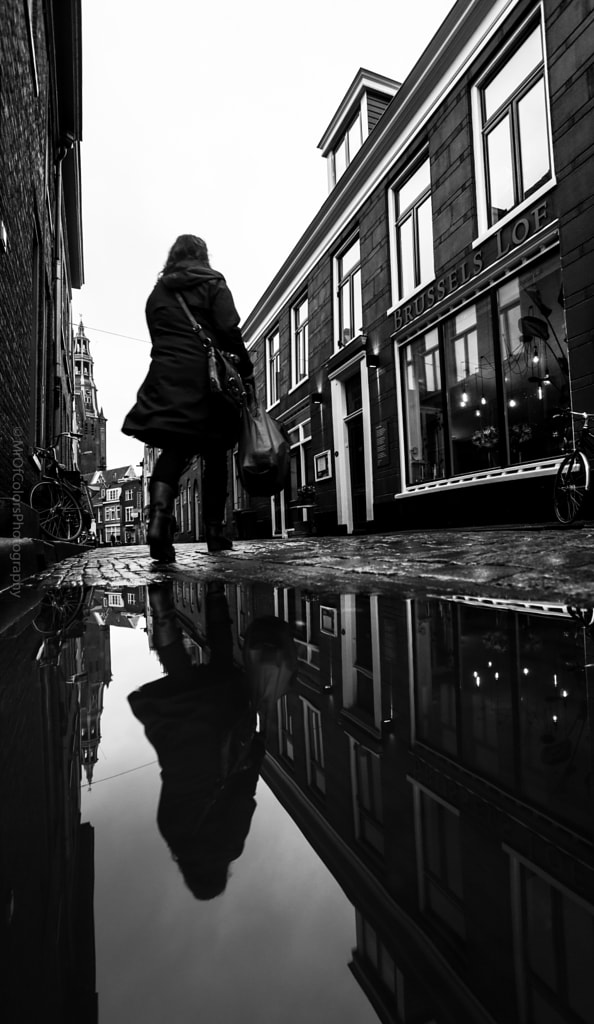
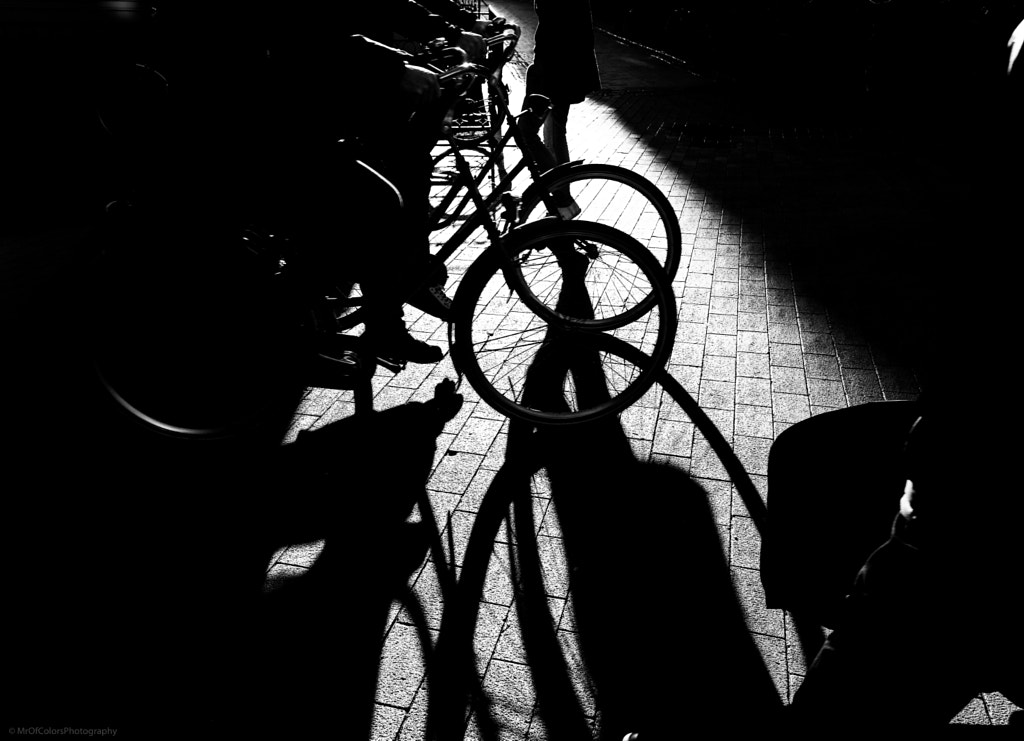


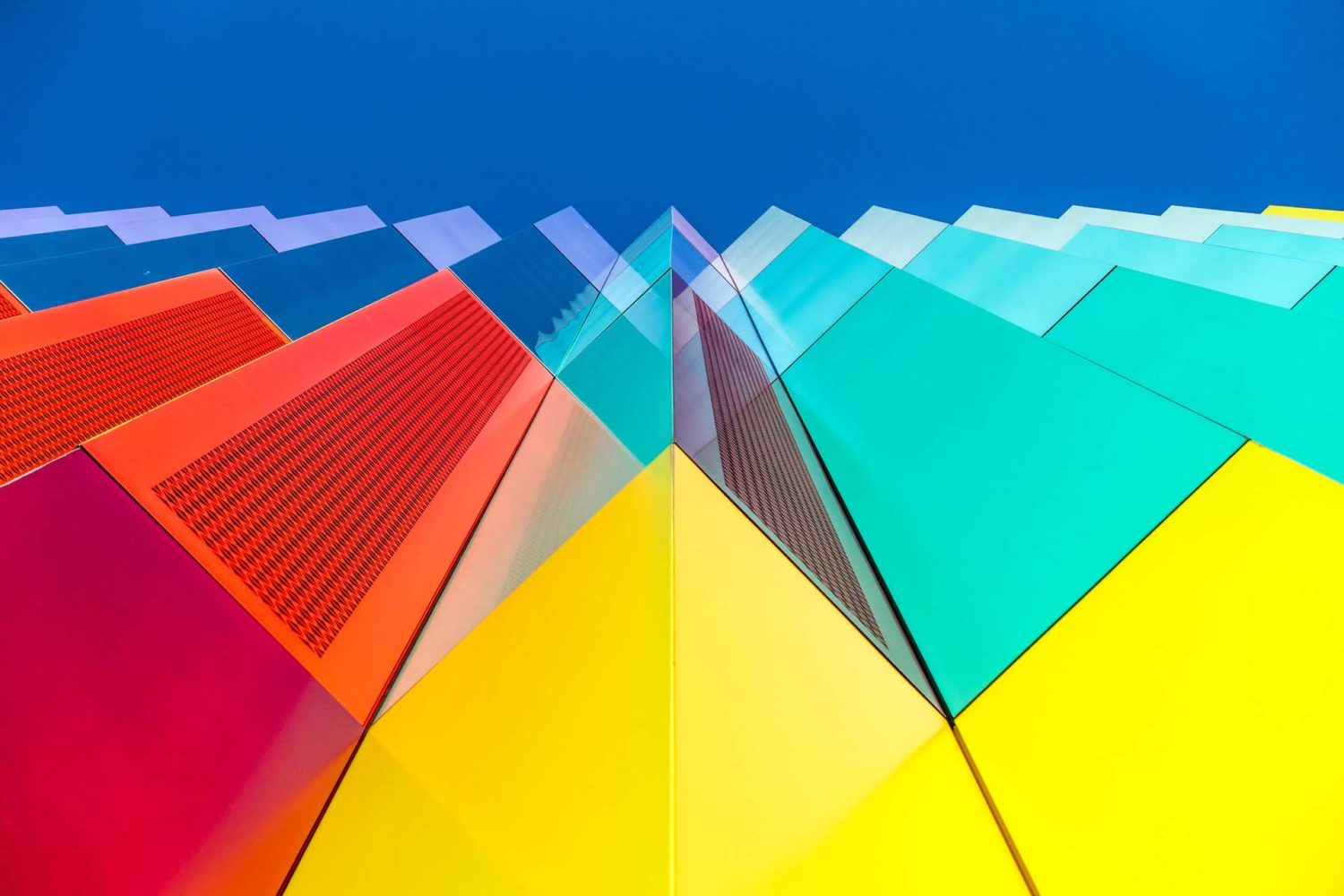

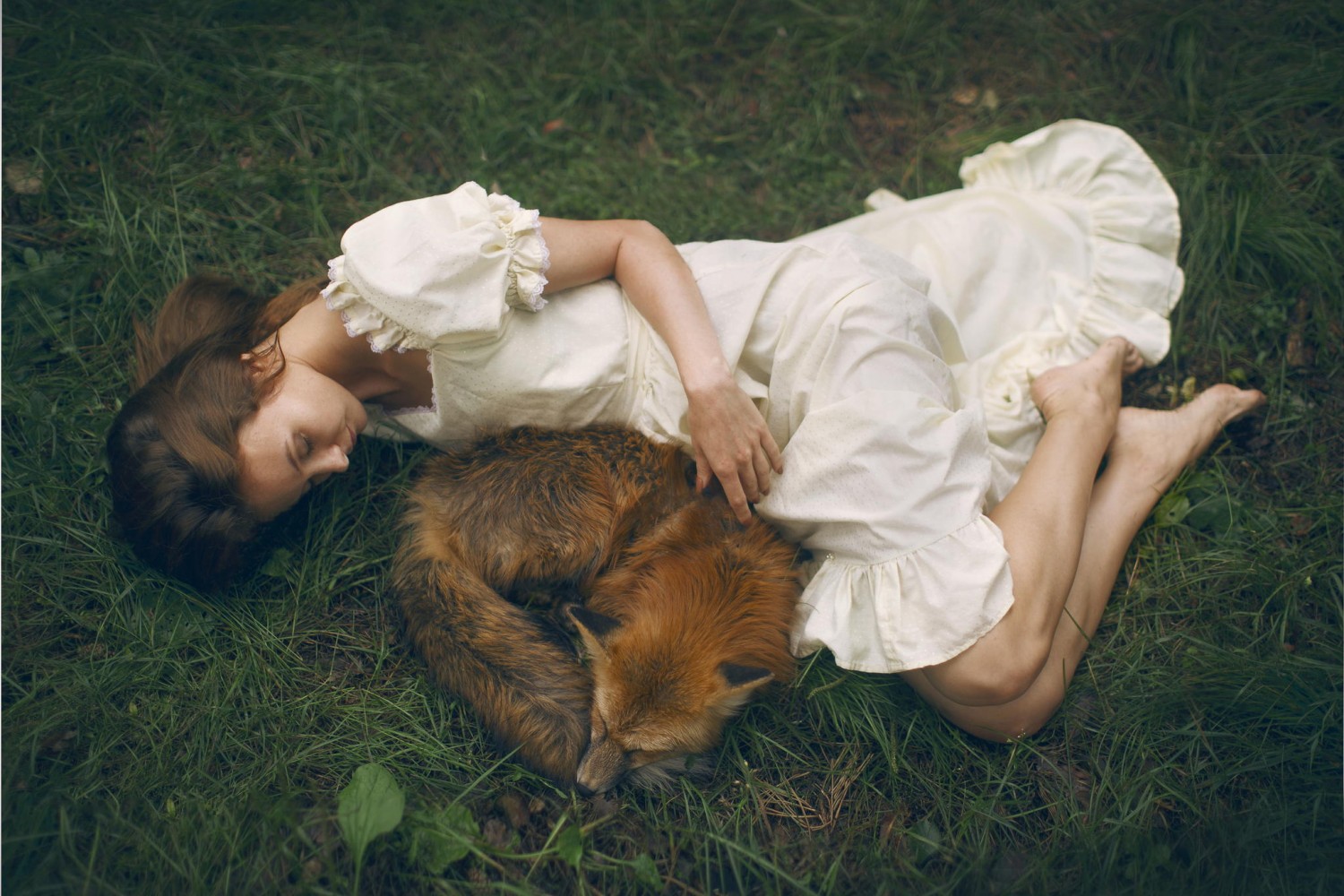
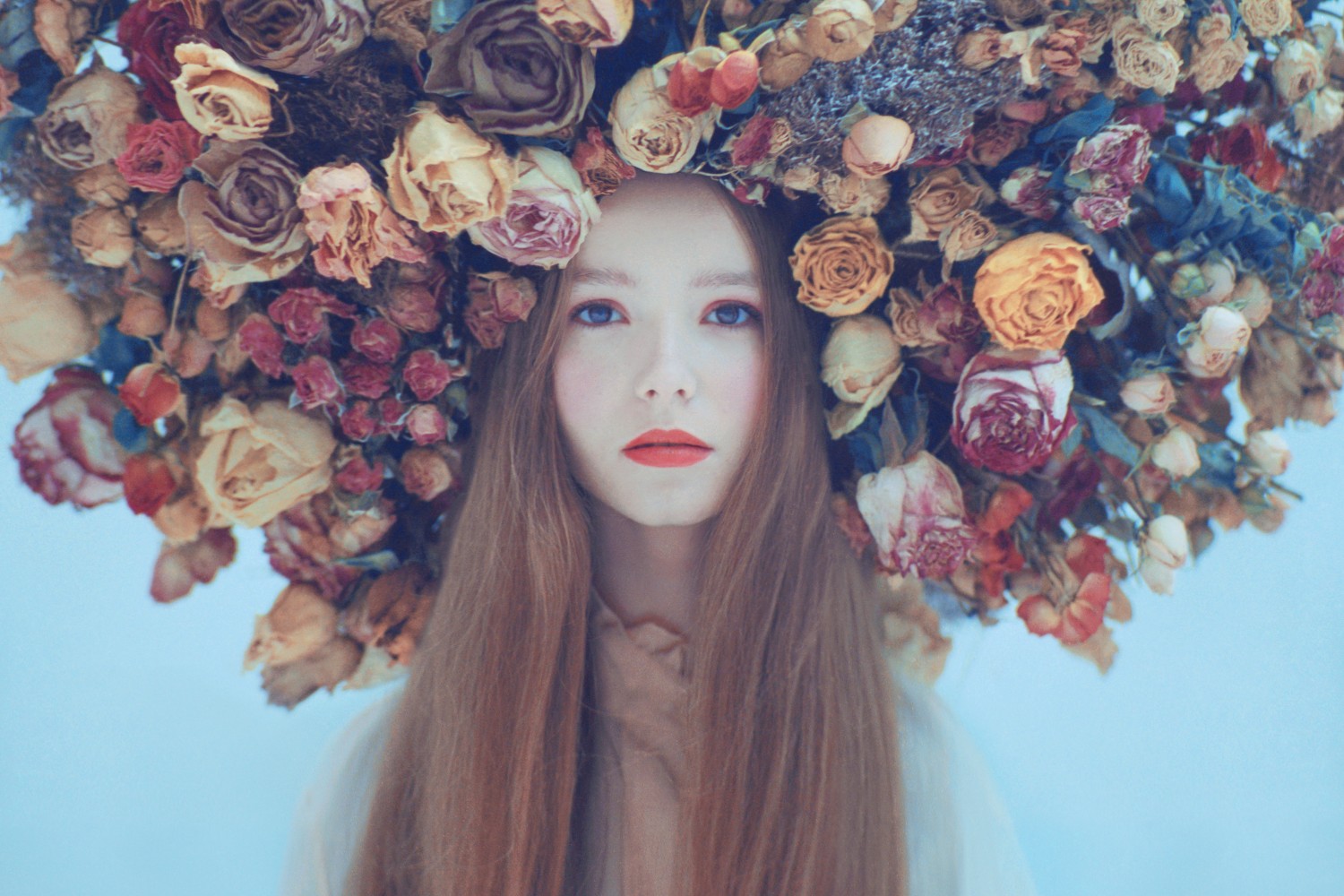
Leave a reply